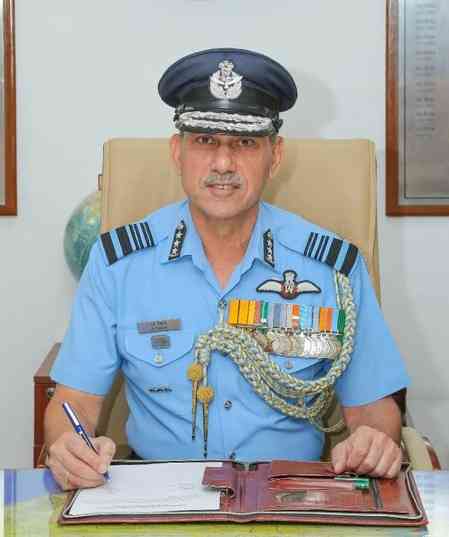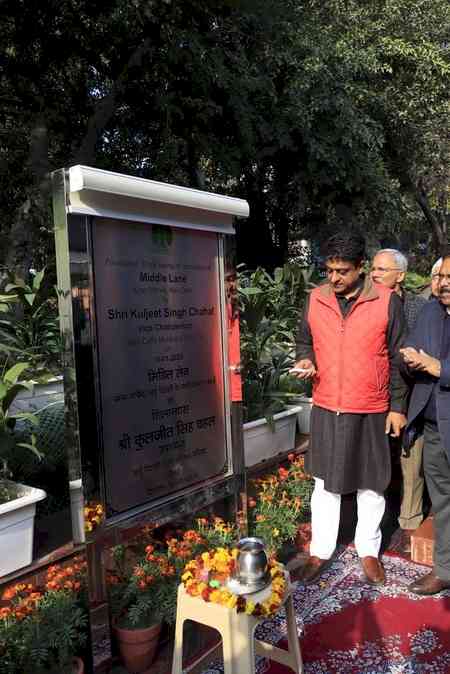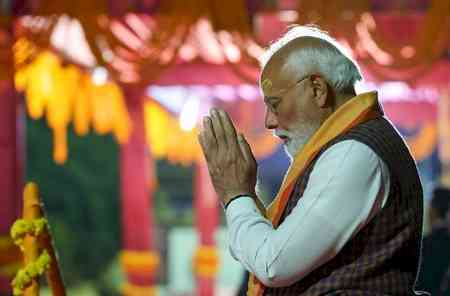Less than 50 weapons, maximum impact: The story of Operation Sindoor
In a rare public disclosure, the Indian Air Force has shed light on the covert military operation that followed the devastating April 22 terror attack in Pahalgam, Jammu and Kashmir, which claimed 26 lives.

New Delhi, Aug 30 (IANS) In a rare public disclosure, the Indian Air Force has shed light on the covert military operation that followed the devastating April 22 terror attack in Pahalgam, Jammu and Kashmir, which claimed 26 lives.
Speaking at the NDTV Defence Summit, Vice Chief of Air Staff Air Marshal Narmdeshwar Tiwari revealed new footage and operational details of Operation Sindoor - India's precision strikes against terror camps in Pakistan and Pakistan-occupied Kashmir.
"Planning began almost immediately after the attack. On April 23, all three armed services convened at their respective headquarters to assess options. By April 24, a high-level team had reviewed a range of contingency plans, many of which had been prepared in advance for rapid deployment. Tactical planning intensified over the next few days, and by April 29, nine key targets had been finalised. The strike date was set for May 5. Between May 6 and 9, Indian forces executed a series of calculated strikes," he said.
According to Air Marshal Tiwari, fewer than 50 weapons were used to achieve what he described as "conflict elimination".
"The objective was clear: deliver a strong, visible response, deter future attacks, and grant the armed forces full operational freedom - even in the face of potential escalation. Pakistan responded with attempted strikes on Indian military bases on May 8, 9, and 10. These were met with fierce counter-attacks, targeting several Pakistani military installations," he said.
After four days of intense cross-border drone and missile exchanges, both nations reached an understanding on May 10 to end hostilities.
"This is the first time since Operation Sindoor that the Air Force is speaking publicly," Tiwari said, emphasising the strategic restraint and precision that defined the mission.
"We boiled down to nine targets. And in less than 50 weapons, we were able to achieve conflict elimination."
Defence Minister Rajnath Singh, also present at the summit, highlighted the growing importance of air defence in modern warfare.
He introduced the Sudarshan Chakra mission - an ambitious initiative aimed at strengthening India's defensive and offensive capabilities.
Prime Minister Narendra Modi had announced the project during his Independence Day speech, days after Pakistan Army Chief Field Marshal Asim Munir reportedly hinted at targeting Indian assets in future confrontations.
Operation Sindoor marks a turning point in India’s military doctrine: a blend of speed, precision, and strategic messaging. It also signals a new era of transparency in defence affairs, with the Air Force stepping forward to share its role in safeguarding national security.
--IANS
sktr/svn


 IANS
IANS 










